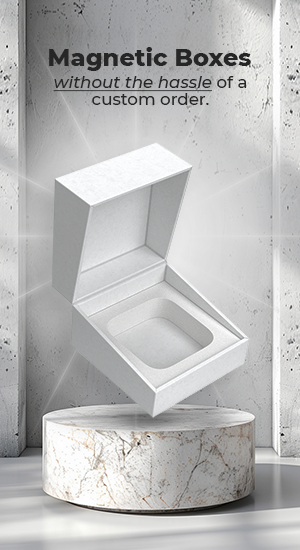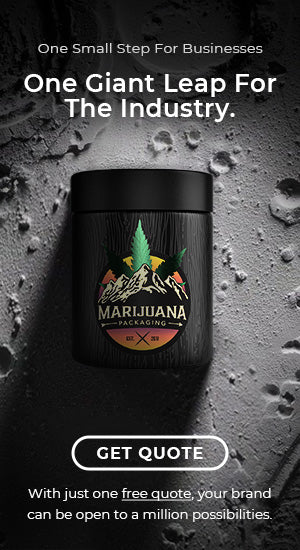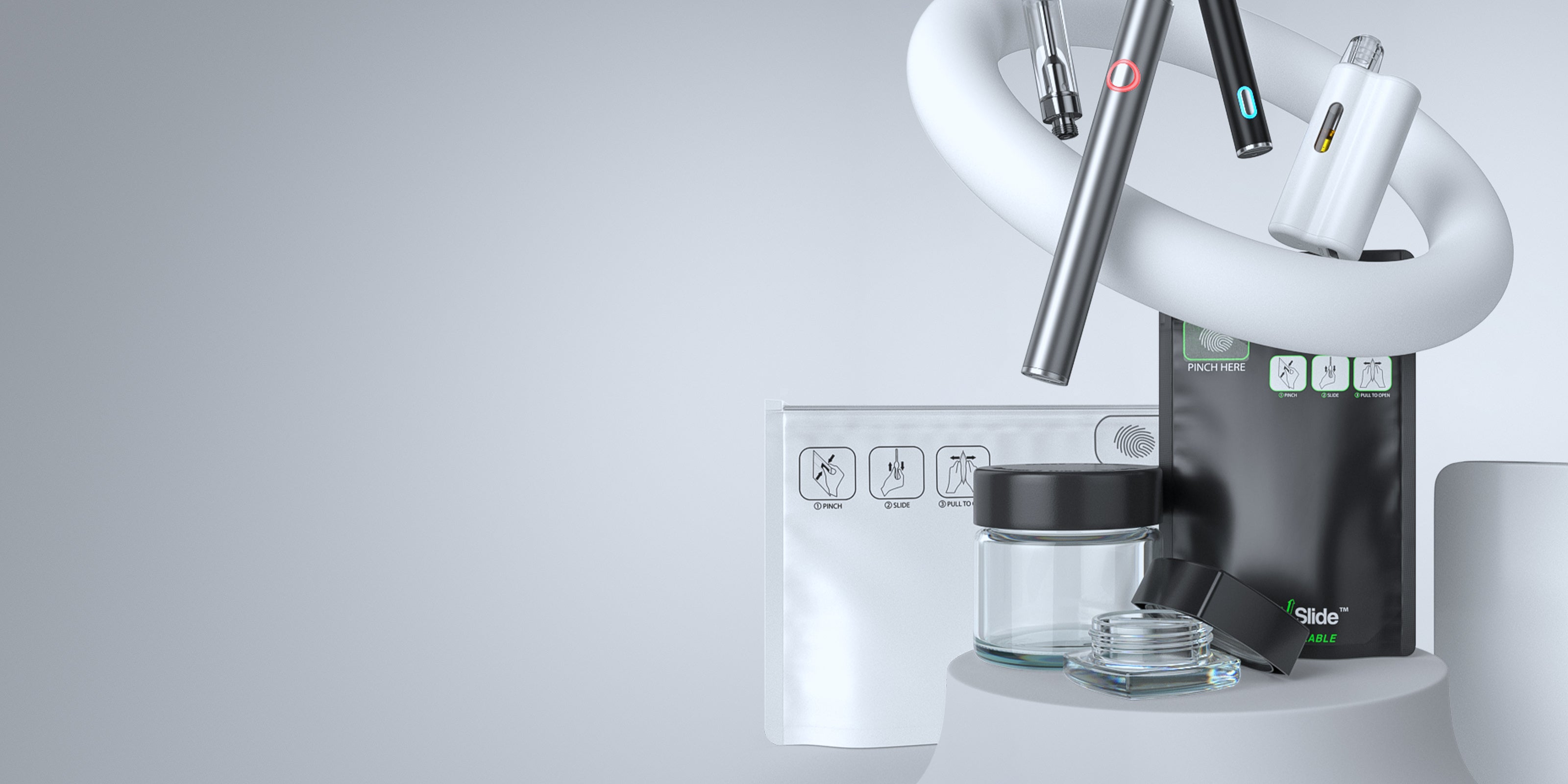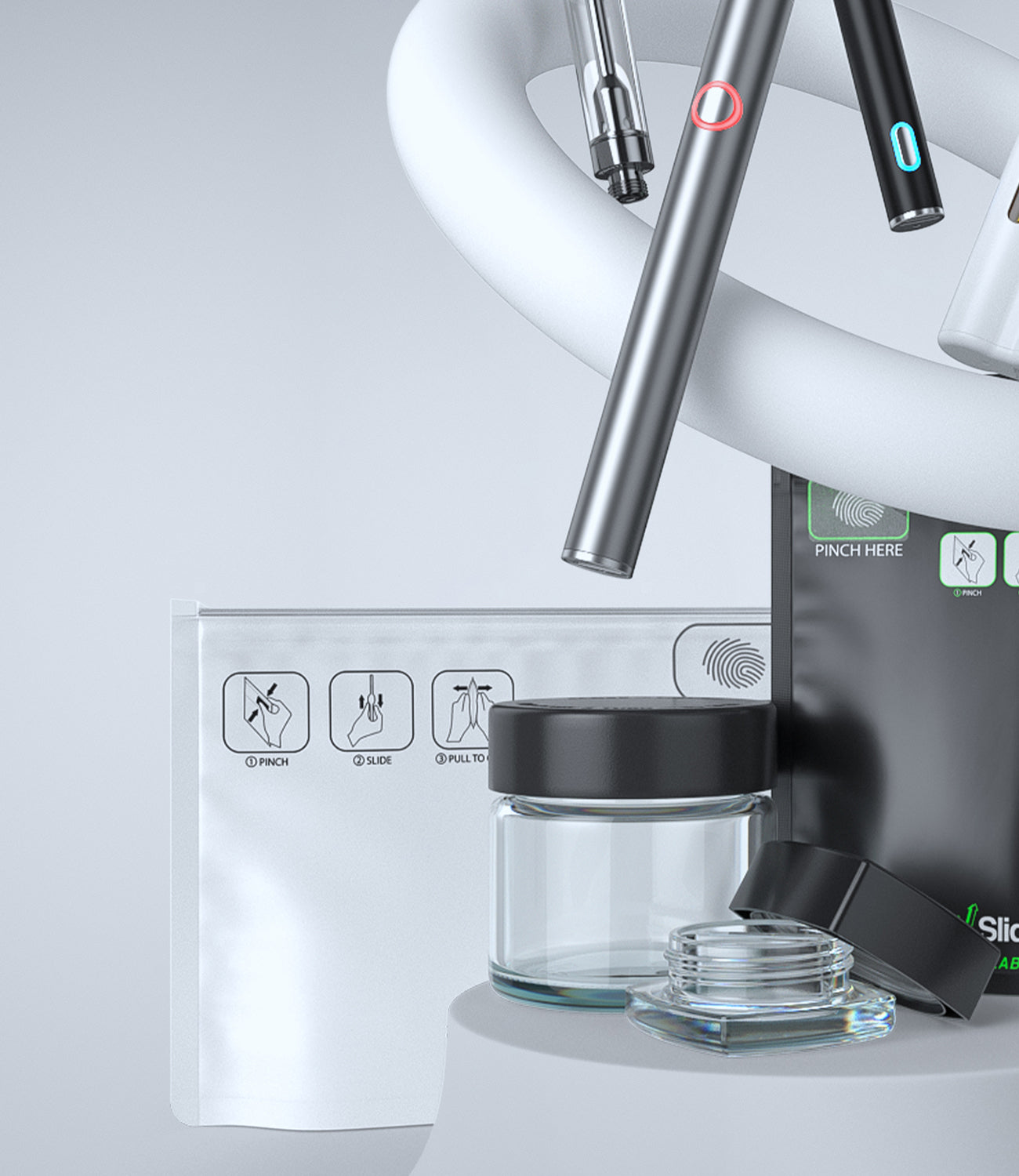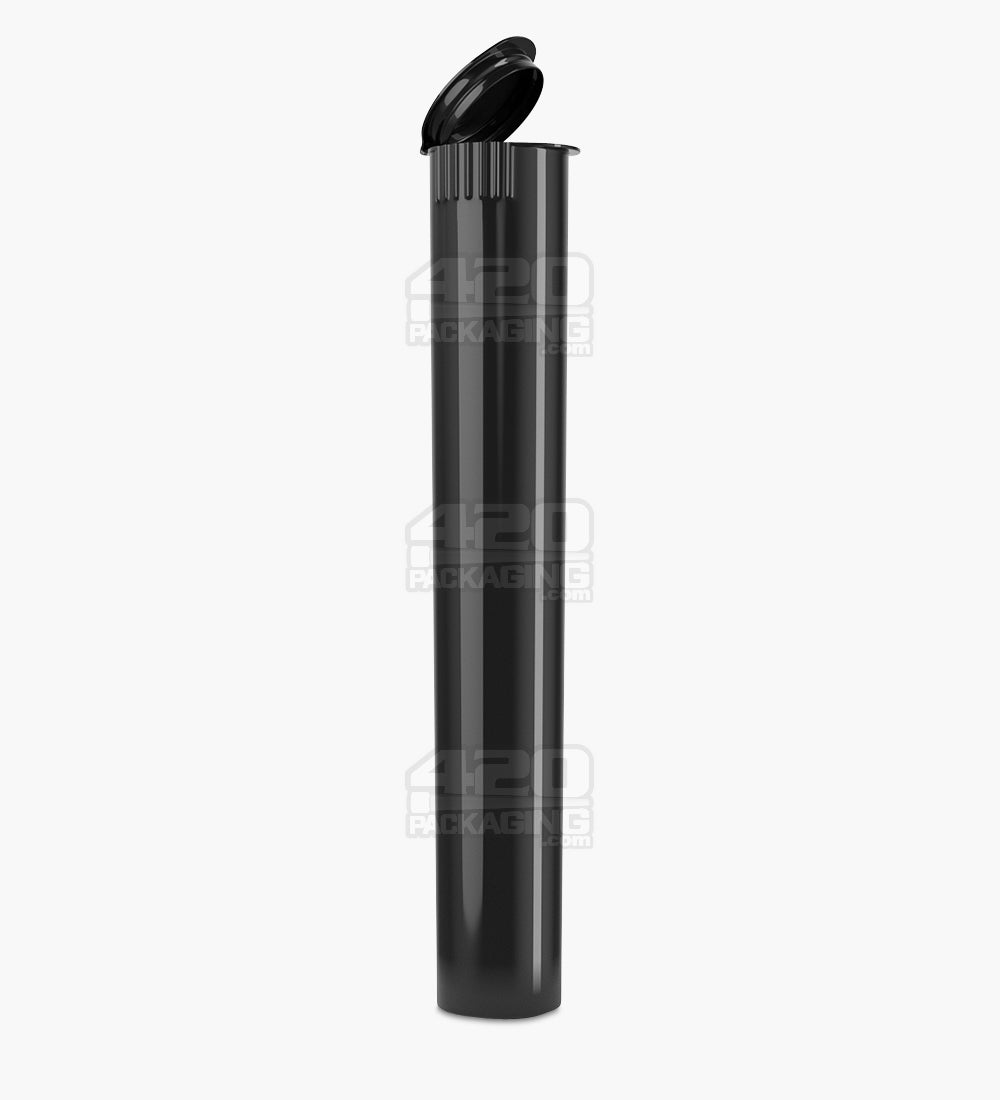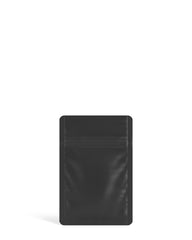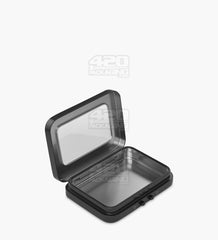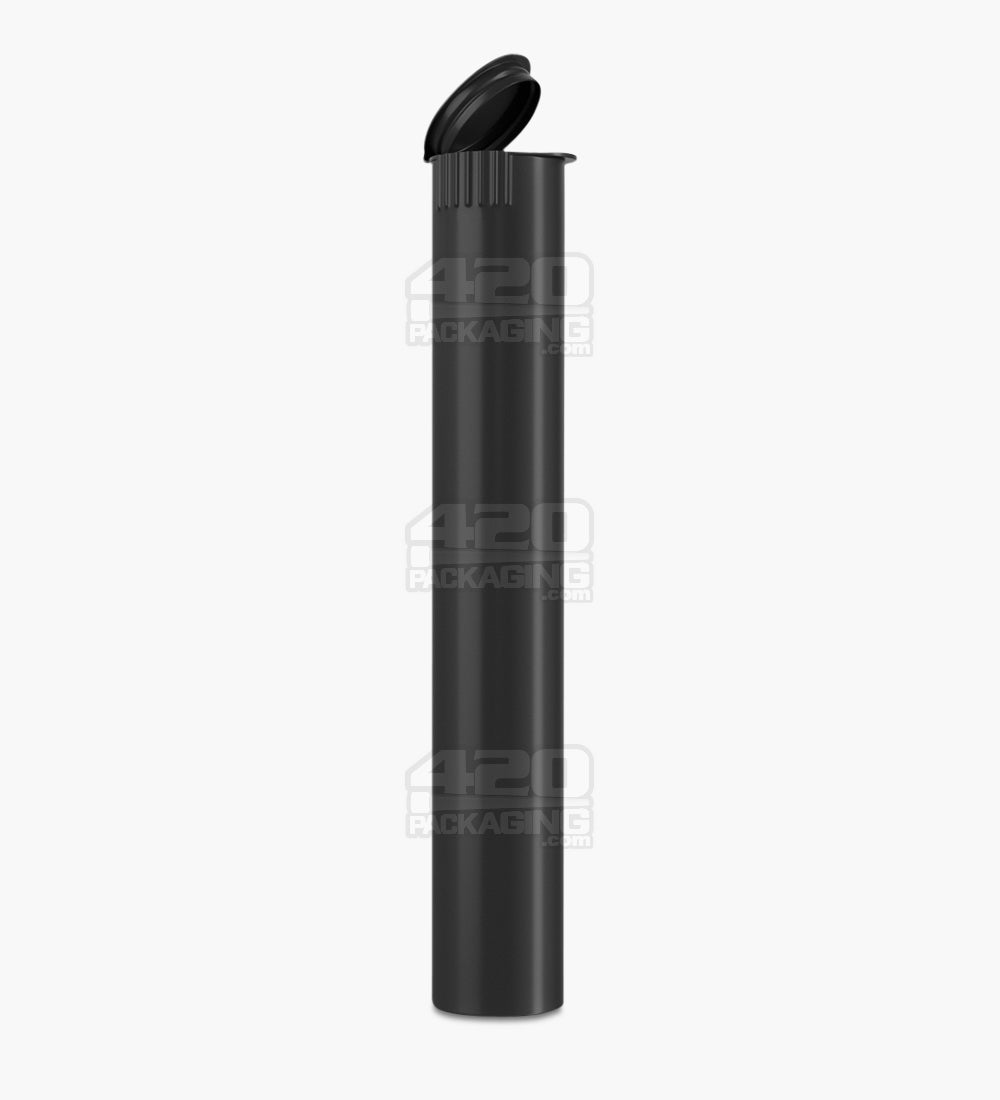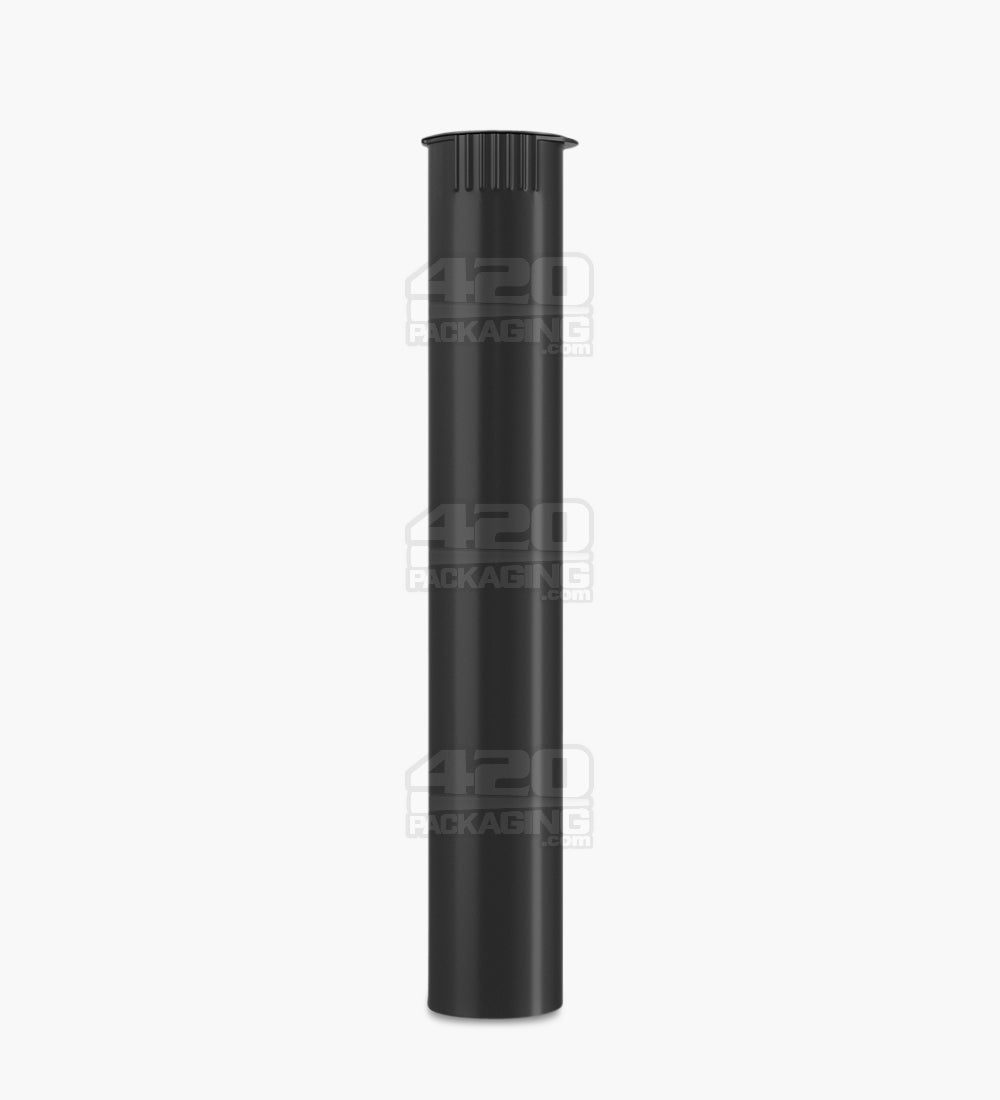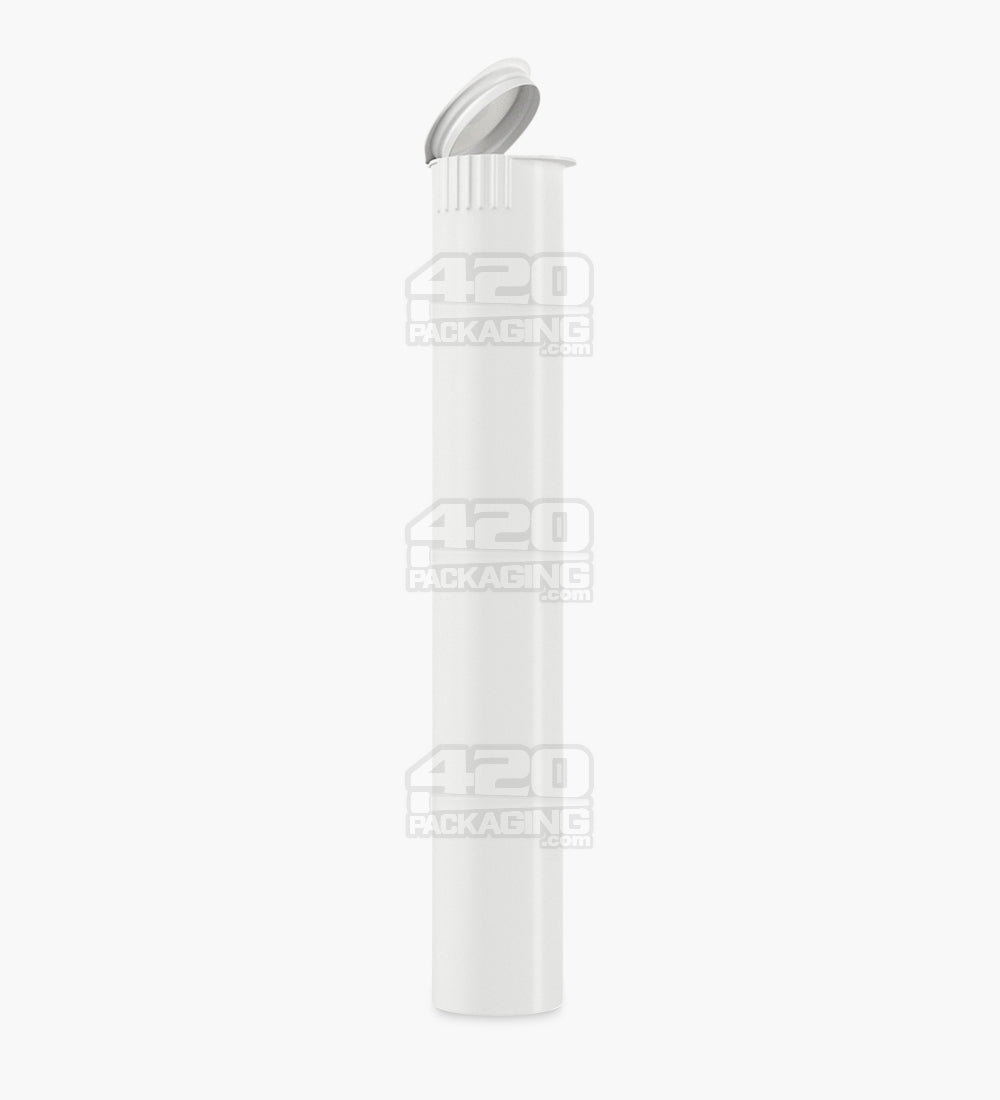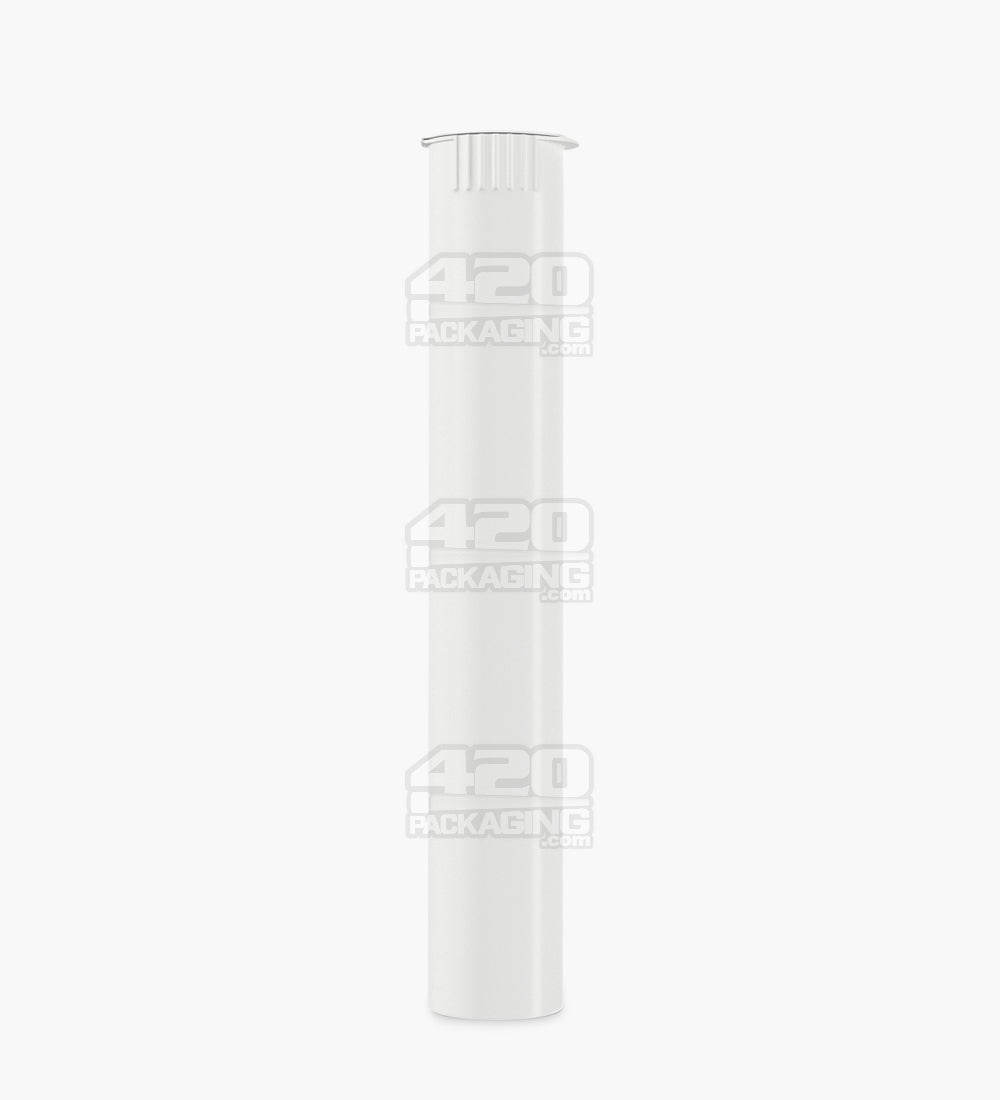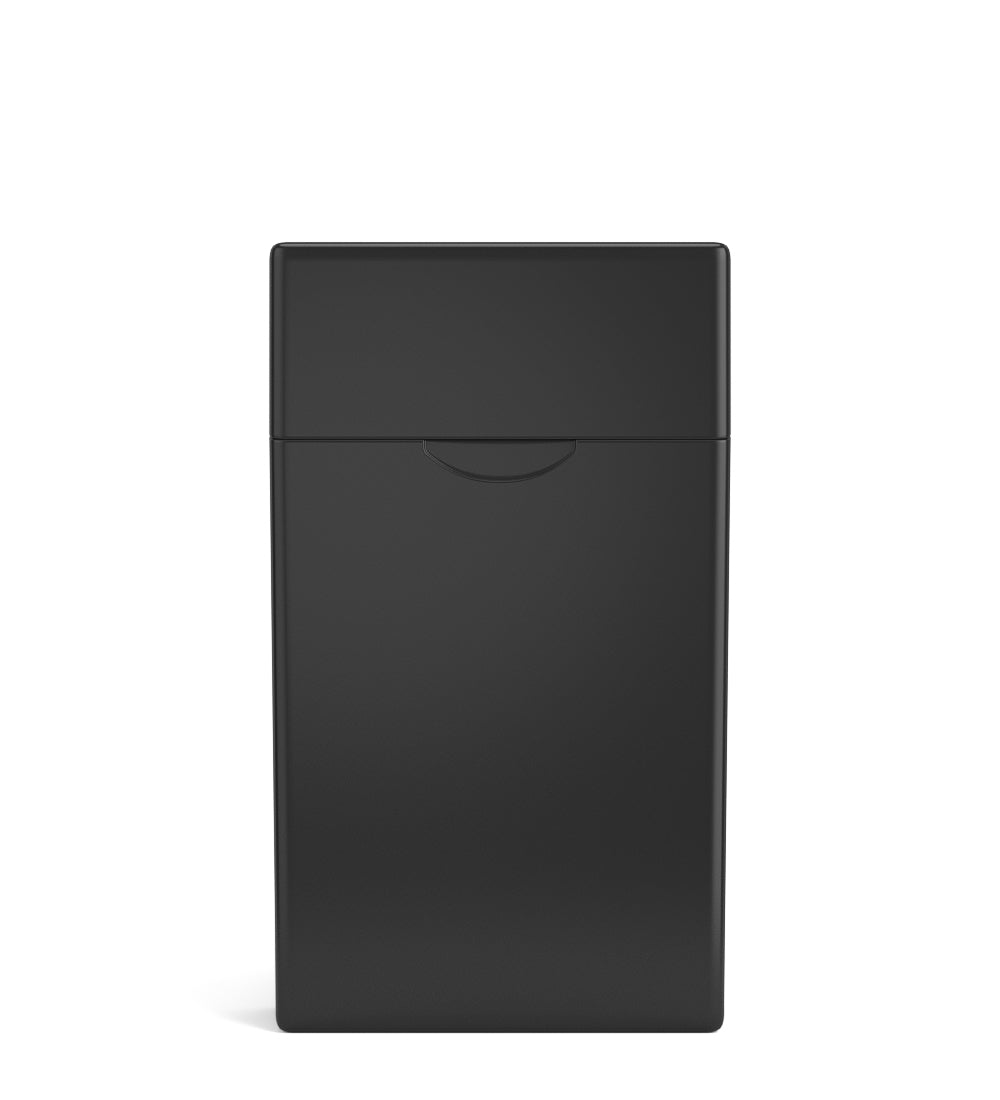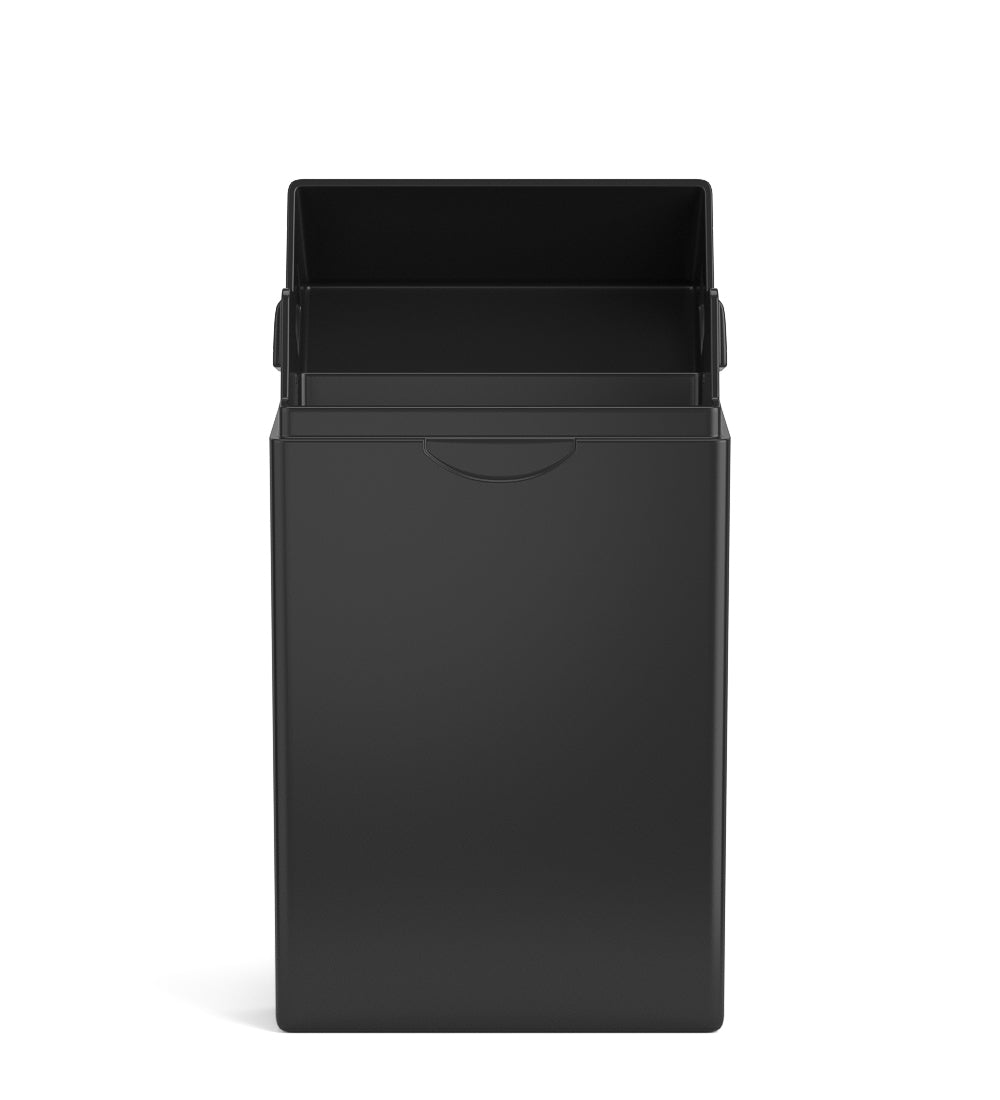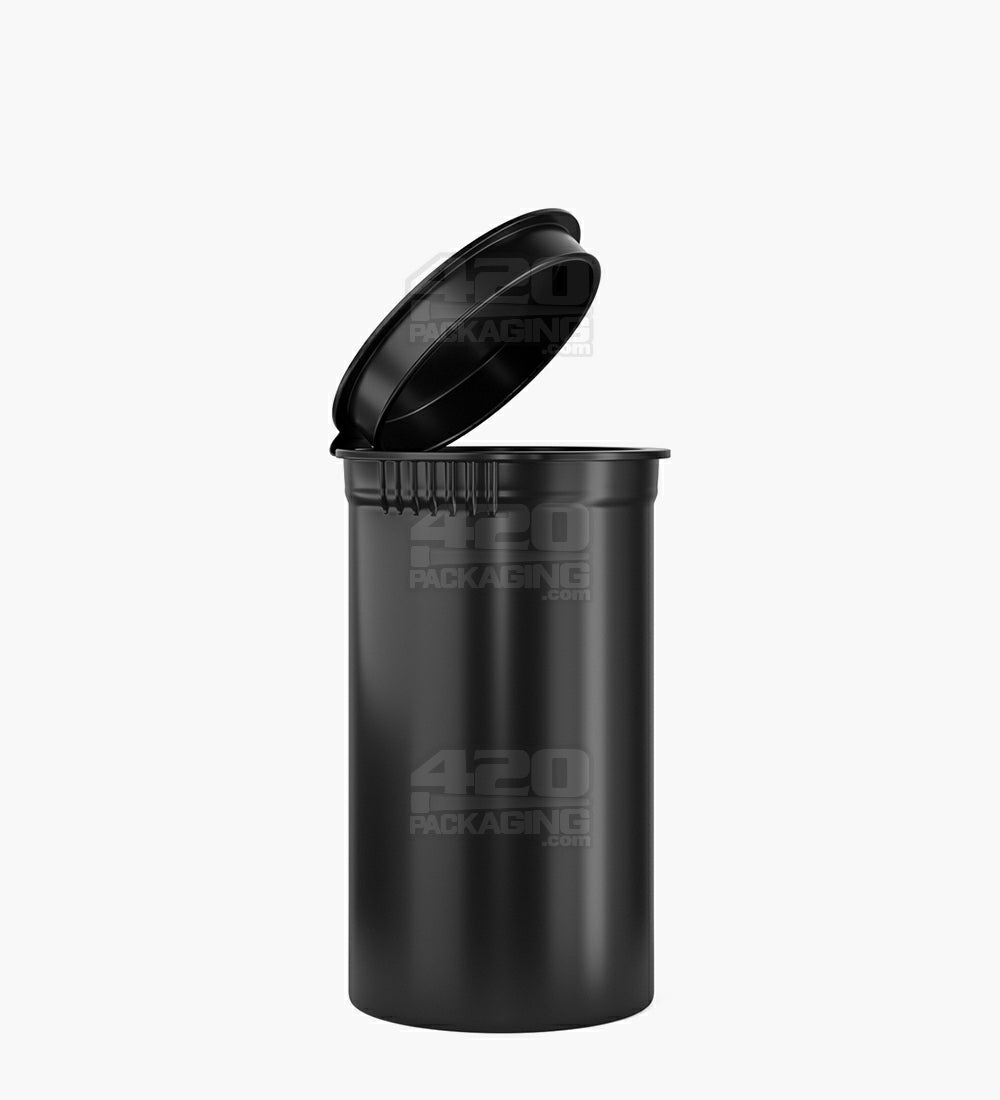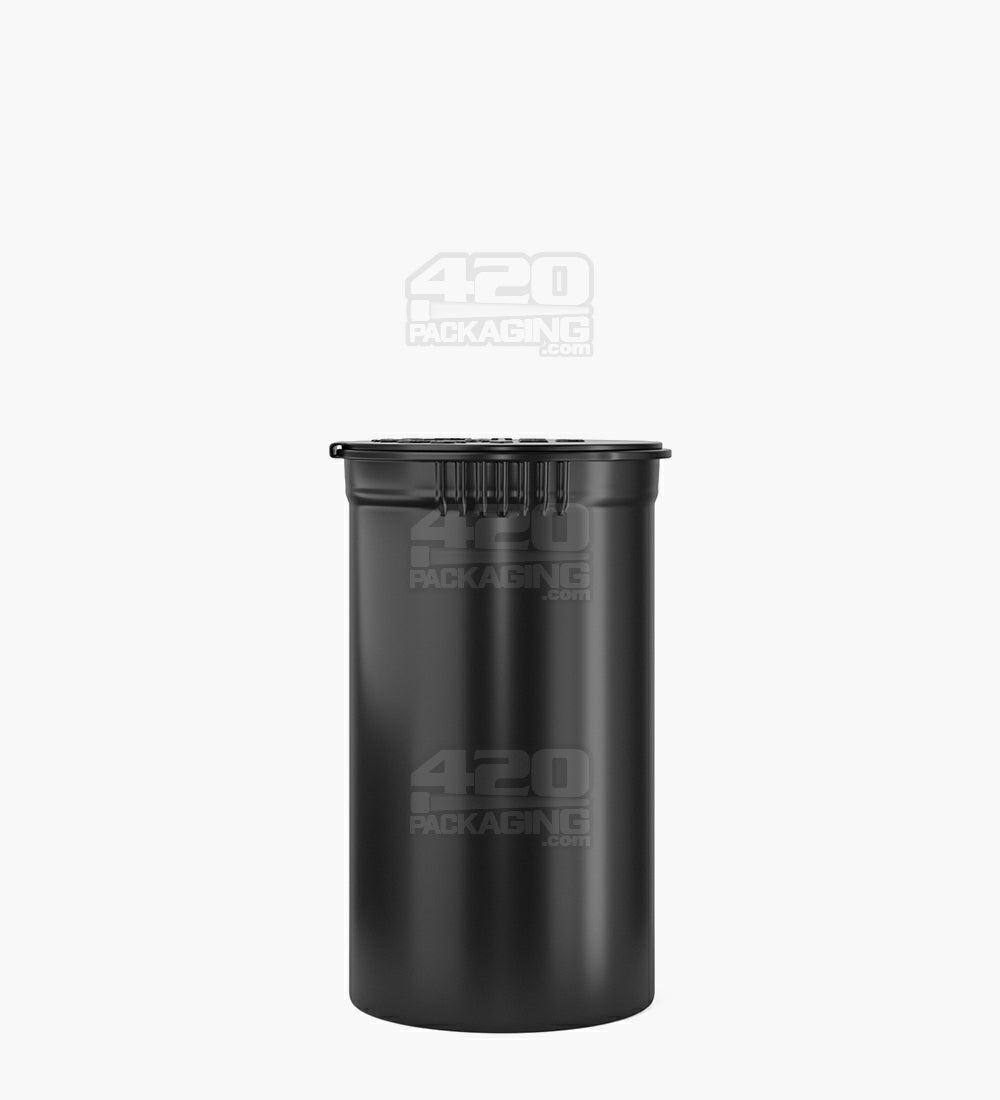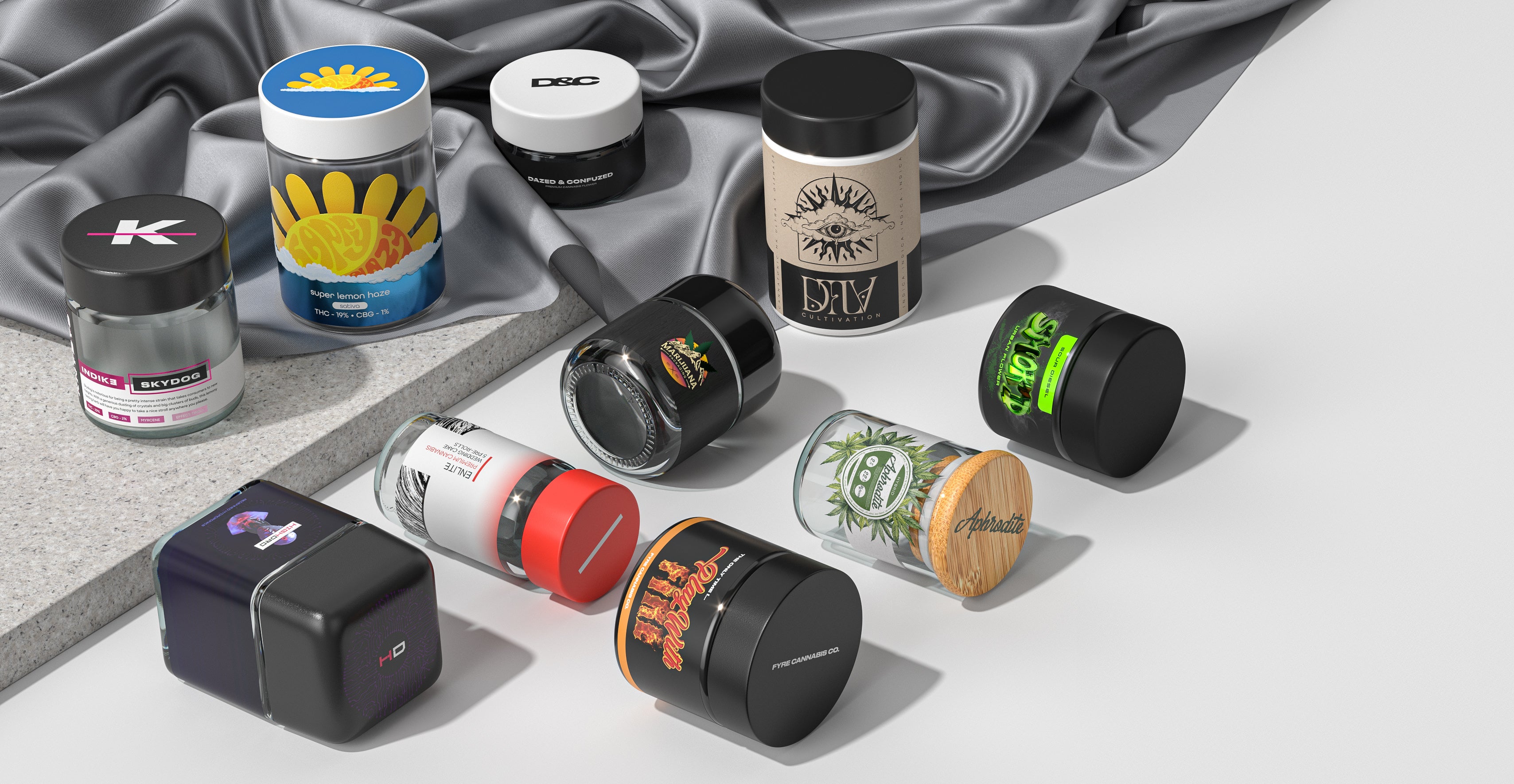Biodegradable cannabis packaging is rapidly emerging as a preferred solution for companies looking to reduce their environmental footprint while maintaining a professional and appealing product presentation. As sustainability becomes more than just a buzzword, this type of packaging offers both ecological and branding benefits that are hard to ignore.
Understanding the Shift Toward Eco-Friendly Solutions
As industries evolve, packaging is undergoing a green transformation. Traditional plastic packaging contributes significantly to landfill waste and ocean pollution. In response, businesses are looking for smarter alternatives that are biodegradable, compostable, or recyclable. Cannabis packaging, in particular, faces added scrutiny due to strict regulations and increased consumer awareness. This makes biodegradable cannabis packaging a compelling choice.
It’s not just about appearance or compliance—it's about values. Brands that invest in sustainable packaging solutions often find themselves rewarded with higher customer loyalty and improved brand perception.
What Makes Packaging Biodegradable?
Biodegradable materials naturally decompose into non-toxic components through microbial action. In the packaging world, common biodegradable substances include:
- Hemp-based plastics – Created from plant fibers and suitable for cannabis-specific branding.
- PLA (Polylactic Acid) – Derived from cornstarch or sugarcane and ideal for rigid containers.
- Molded fiber or paperboard – Used for inner trays and cartons, often paired with compostable films.
- Starch-based polymers – Biodegradable films for inner linings or bags.
These materials strike a balance between performance and planet-consciousness, making them suitable for various cannabis products like pre-roll tubes, jars, pouches, and clamshell containers.
Comparing Biodegradable Weed Packaging Options
The term biodegradable weed packaging encompasses a wide range of formats tailored to cannabis flower, concentrates, edibles, and more. These include:
1. Pre-Roll Tubes
Made from hemp plastic or PLA, these tubes meet child-resistant compliance standards while offering compostable end-of-life options.
2. Resealable Bags
Flexible pouches made from biodegradable films provide odor control, barrier protection, and resealability without contributing to plastic waste.
3. Concentrate Containers
Glass alternatives such as molded fiber containers can be customized with biodegradable liners and seals, delivering both performance and sustainability.
4. Paper-Based Folding Cartons
Ideal for dispensary shelves, these customizable boxes allow bold branding with water-based inks and compostable finishes.
Why Invest in Biodegradable Marijuana Packaging?
Switching to biodegradable marijuana packaging isn't just a feel-good initiative—it's a strategic business move. Here’s why:
- Regulatory Alignment – Many states and countries are moving toward requiring eco-friendly packaging in the cannabis space.
- Consumer Preference – Eco-conscious customers are more likely to purchase from brands that align with their values.
- Brand Differentiation – Sustainable packaging stands out in a saturated market and elevates your brand story.
- Waste Reduction – Biodegradable solutions help reduce single-use plastic reliance and landfill overflow.
- Positive PR – Sustainability credentials can enhance public relations and storytelling opportunities.
Challenges and Considerations
While the benefits are clear, switching to biodegradable cannabis packaging comes with a few challenges:
- Cost: Biodegradable materials can be more expensive, particularly in small production runs.
- Supply Chain: Limited availability of certain materials or longer lead times may affect inventory planning.
- Certification: Claims of biodegradability must be backed by legitimate testing and standards (ASTM D6400, EN 13432, etc.).
- Performance: Biodegradable packaging must still meet barrier and compliance requirements, which requires careful material selection.
However, these hurdles can be addressed by working with a knowledgeable packaging partner and planning ahead in your go-to-market strategy.
Success Stories: Brands Leading the Way
Several companies in the cannabis space are already making strides by adopting biodegradable packaging. These innovators use eco-friendly materials to deliver premium experiences without sacrificing their sustainability values. From compostable mylar-style bags to molded pulp trays and seed-paper labels, these brands show that high design and eco ethics can go hand-in-hand.
How to Transition Your Brand to Biodegradable Packaging
If you're considering making the shift, here’s a roadmap to help you get started:
- Audit Your Current Packaging: Identify components with the highest environmental impact.
- Set Sustainability Goals: Determine your priorities—compostability, recyclability, carbon footprint, etc.
- Research Material Options: Work with your supplier to find biodegradable alternatives that meet compliance standards.
- Start Small: Pilot a limited product line to test market response and gather feedback.
- Educate Your Customers: Use labeling and content to communicate the benefits of your biodegradable switch.
By approaching the transition methodically, you can improve sustainability while preserving functionality and shelf appeal.
Conclusion: A Greener Future Starts With Better Packaging
Biodegradable cannabis packaging represents the intersection of environmental responsibility and smart brand strategy. As regulations tighten and consumer demand shifts toward sustainability, switching to biodegradable options will soon become a necessity rather than a novelty. Businesses that act now not only gain early-mover advantage but also contribute meaningfully to a cleaner future for the cannabis industry.

